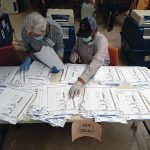
Reporter’s Notebook | When the fire burns the center
By Nicholas House
Navajo Times
I’ve never been a student at Diné College. I’ve never walked inside its Student Union Building with a textbook tucked beneath my arm or rushed between classes under the quiet gaze of the Lukachukai Mountains. But I once had a friend who lives in Tsaile who invited me there—offered a glimpse into their world, their peace, their place. I was bashful at the time and declined a trip to the gym, not realizing that what they were offering wasn’t just a workout, but an invitation into a sanctuary where their mind, body, and identity aligned.
Now, that gym is gone. Lost in the flames that consumed part of Diné College’s Tsaile campus.
The fire did more than damage buildings. It disrupted memory, displaced daily rituals, and singed the connective tissue of a community trying to move forward. Among the buildings destroyed was a weight room—a simple structure by most accounts, but like many corners of campus life, it held meaning far beyond its walls. For some, it was a reprieve from hardship. For others, it was a place to rebuild themselves physically and mentally. Its loss is not symbolic; it is deeply, specifically personal.
For Diné College – the first tribal college in the United States – the fire arrives as more than just a crisis of infrastructure. It’s a wound to the body of an institution that stands at the intersection of Indigenous sovereignty and higher education. When we lose spaces in academia, we lose more than square footage. We lose ground in our fight to educate our own, to self-determine, to anchor a future that grows out of land, language, and legacy.
The Tsaile campus is remote, yet its reach extends far beyond the high desert. Students from across our Diné Bikéyah come here to pursue degrees, to reclaim cultural knowledge, to walk paths of leadership in fields where Native presence is still too rare. The destruction of facilities does not just interrupt classes. It weakens the ecosystem of opportunity the college fights daily to sustain.
This loss reverberates into the local economy, too. Fewer students mean fewer dollars in nearby stores and vendors hands. Reconstruction takes time—time that some families, especially those depending on work-study programs or community partnerships, cannot afford to lose. In a region already contending with underinvestment, this kind of interruption stings deep and long.
But there’s words spoken often in Diné thought that parallel with antifragility. While English has no perfect match for it, the essence is clear: something that doesn’t merely survive hardship but is strengthened by it. Our ancestors knew this well. From colonization to forced removals to boarding schools, our people have endured systems built to erase us. And yet, here we are—building colleges, writing laws, defending our languages.
Diné College must become stronger from this fire, not in spite of it.
The healing will not be immediate. But how we respond will speak volumes to future students, to national partners, to Indian Country at large. Already, the college has launched a donation page—not as a handout, but as a hand extended. It is a call not only to our own people, but to the nation we help build: will you stand with us when our sanctuaries burn? Will you invest in the vision we’ve long carried—that education is a tool of sovereignty, and that sovereignty cannot be outsourced?
In k’é, we are bound by relationality – obligated to care, to uplift, to answer when loss arrives at the door of another. And in hózhǫ, we seek restoration, not just repair – a return to balance, not merely a return to routine.
Diné College is more than buildings. It is an idea made real by the hands of our elders, the minds of our students, and the hearts of those who still believe that our future must be educated, rooted, and free.
Let this fire be not a period, but a comma in our story. Let the smoke carry not just grief but resolve. Because when our places of learning fall, we do not just rebuild them. We reimagine them. And in doing so, we reimagine ourselves.

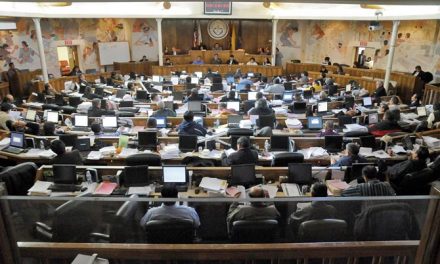
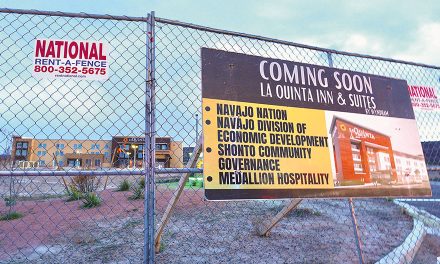
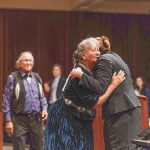
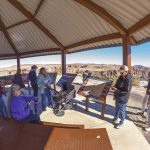



 Highway 264,
Highway 264, I-40, WB @ Winslow
I-40, WB @ Winslow